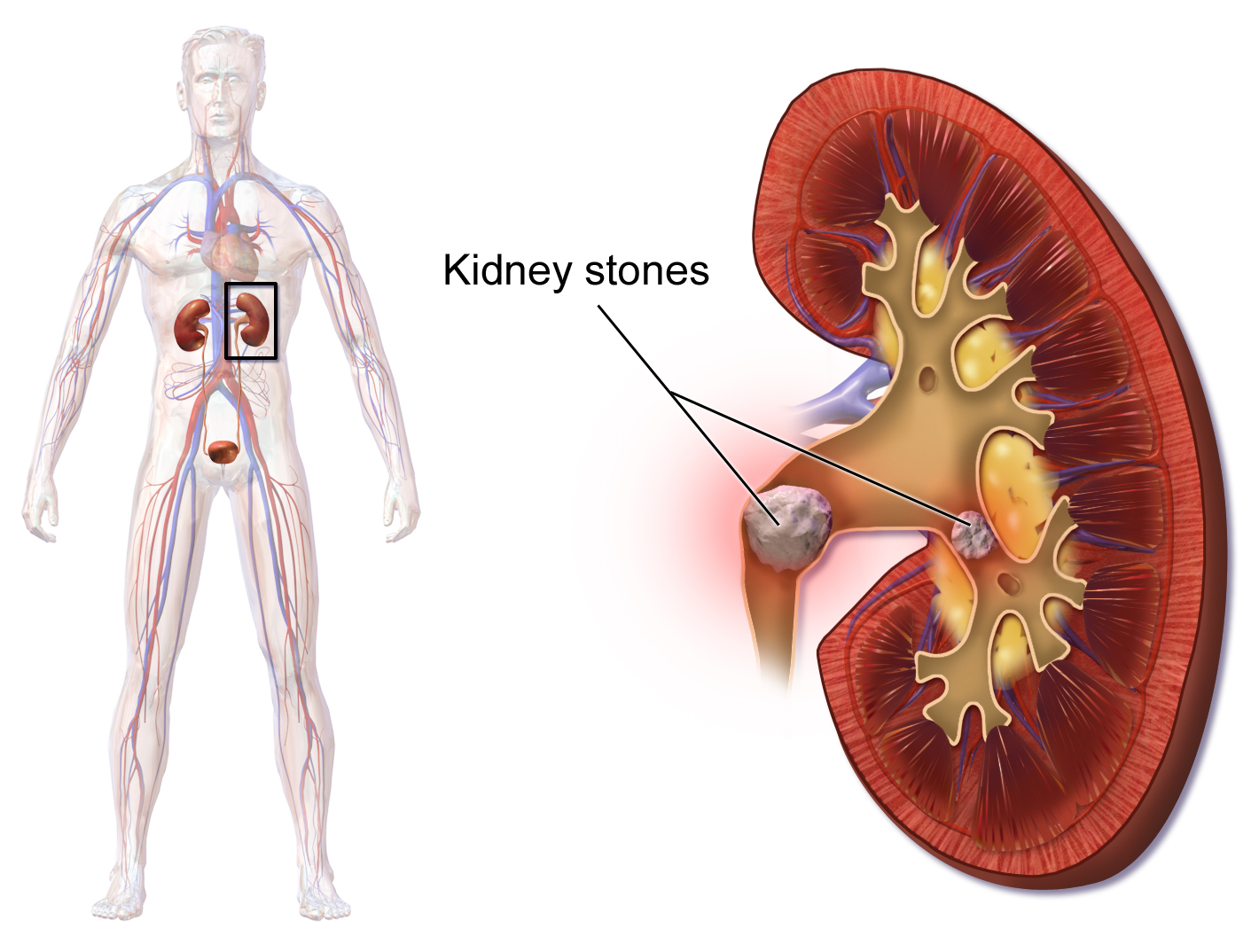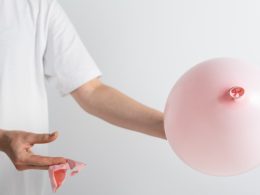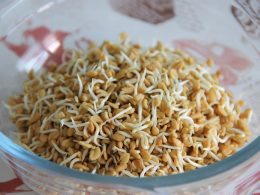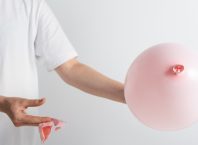Table of Contents
When you hear the name kidney stones the first starts to panic about every little detail. But, the truth can be a lot different with scientists keep on finding ways to counter this situation. There was the latest study done which was intended on dissolving kidney stones in kidneys with some medicines that would target the stones and dissolve them completely. Presently there is no known way to remove the kidney stone in kidneys without surgery to letting these naturally pass through the urinary tract. Many scientists claimed to study the molecular structure of these stones and have been trying to get rid of these very easily with a solution like prescription pills or injection.
Let’s start with what are kidney stones? As the name suggests, they aren’t actually made of stones. But, when you experience one passing through urinary tract it may feel like the same. Kidney stones are generally of the size between a grain of sugar to a kernel of corn. When we take in too many minerals and don’t hydrate ourselves with enough liquid to compensate, then the minerals align together and form a big chunk of minerals known as kidney stones. Stones are generally brown or yellow in color and can be rough or soft in terms of texture.
Both men and women are equally susceptible to getting kidney stones but the chances of men developing kidney stones than women are almost double. Also, the process is even more painful to pass the kidneys through urinary tract for men than that of women.

Causes of Kidney Stones
It is hard to know the exact reason why people develop kidney stones, but it is due to the higher levels of certain minerals in urine such as:
- Calcium
- Oxalate
- Uric Acid
Take an example of a powered liquid when you add enough power solution to the drink but don’t add enough water to make it soluble then when it is stirred it tends to create pebbles like structure.
Foods that cause the formation of stones
Many plants and fruits contain the higher concentration of oxalate, it is sometimes unavoidable but some may have a higher concentration than other. Keep the intake of these as minimum as possible:
- Spinach
- Rhubarb
- Almonds and Cashews
- Miso Soup
- Cocoa Powder
- French Fries
- Raspberries
- Sweet Potatoes
If you can eat or drink food rich in calcium at the same time, that may help your body dissolve and digest these much better.
Animal Protein rich food can also be harmful as chicken meet or liver beef could very well be the cause of calcium phosphate crystals.
Eating too much red meat, eggs, poultry, and other products are rich in uric acid and can create the crystals of uric acid which would eventually turn into stones in kidneys.
Types of Kidney Stones
Calcium stones: These are the most widely known form of kidney stones. Indeed, even simply consuming a few compounds high in oxalates, for example, rhubarb, or taking abnormally elevated amounts of Vitamin D can boost your odds of getting this type. The only feasible solution would be to compensate the intake with the high intake of the water and drinks to balance them both.
Cystine stones: This is one of the rare types. There is a chance that you might develop this type of stone again. They are also hereditary and can be transferred through the same set of genes from your parents, both of whom would have to have the same type of genetic disorder.
Struvite stones: The main reason you would develop this stone is that to have a urinary tract infection.
Uric acid stones: The people who don’t drink enough water for the day and also consume a lot of meat and poultry products are more susceptible to develop this kind. While it should also be noted that the people whose diet consists of a high amount of protein are also at the risk of developing these type of stones.
Some of the symptoms of kidney stones are;
If you have kidney stones, you may not show any kinds of symptoms at all until the stones start to move around.
The movement of the stone is not restricted and can move around within the kidneys or the walls connecting these to the bladder. The symptoms are variable and are:
- Pain at the sides of ribs and at the back, this seems as severe.
- Complaint of pain in lower parts of abdomen and gut.
- Sometimes you may feel the pain and it goes away.
- Painful urination and frequent urination too.
- Urine with bad smell, pink in color, cloudy.
- Fevers and feeling of cold frequently.
- Less discharge of urine.
Doctor’s Diagnosis
How your doctor will decide whether you do have a kidney stone?
Firstly, Doctor will ask you the family history and would want to assess the whole situation.
Then, if there is a need, the scans of your kidneys and urinary tract will be done.
If the kidney stones pass through the urinary tract the doctor will need it to examine the structure of the kidney, what is it made of? To further determine the best course of action so that the patient won’t develop another stone.
Treatments Available
If the size of the kidney is small then there is a chance that it may pass through urinary tract normally.
In this case, the doctor may want to save the kidney stones for further study and analyze the stones to choose the best treatment measures. This could also help you to prevent any further stones.
If the size of the stones is relatively large then it won’t be able to pass through normally and needed to be eventually be removed by surgery in order to break it into small pieces.
This involves:
Shock Wave Lithotripsy: In this method as the name is suggesting practitioners send regulated shock waves which will break the stones into small pieces so that they could easily pass through. There is no surgery required and with no cuts also.
Ureteroscopy: In this methods, the doctors locate the stones by inserting a scope. No cuts are made in this process and usually, the patient is not awake while the process goes on. It only takes about an hour and the patient and leaves for home about an hour later.
Surgery: In this, the doctors will require to cut a small hole at your back and will surgically remove the kidney stones. After the procedure, the patient may require to be under medical care for about a week.
Coming to the latest research, the researchers believed that the stones can be dissolved too just like any other mineral. They analyzed the kidney stones with the optical tools used in geology and monitored the slices of the kidney stones.
The analysis has many revelations like the kidney stones are alternating organic matter and mineral-rich nano-layers of crystals. The compositions were similar to the sedimentary rocks at the deposit. The pictured revealed that these rocks were not tightly combined and there degraded on the surface all over those.
There were also indicators that the crystallization of new crystals was forming and suggested that kidney stones follow a cycle of creation and degradation several times. You can say that stones clearly dissolves and grow back on their own. This contradicts the long terms facts that kidney stones are insoluble in a living body.
Author Bio:
Samartha Malik is a professional blogger and content writer. He has published articles on websites like infobarrel, youthkiawaaz and pillsbills.com. Always enjoys a good read so here is his contribution.















